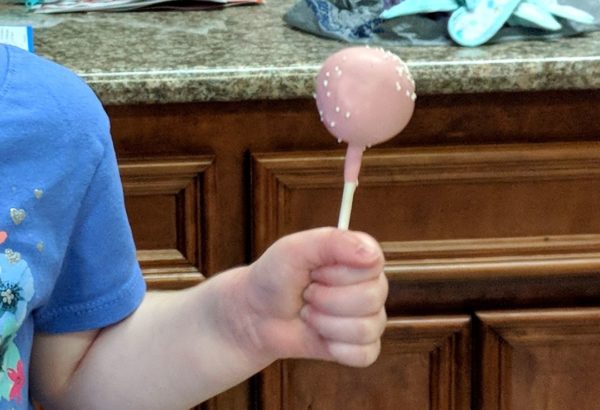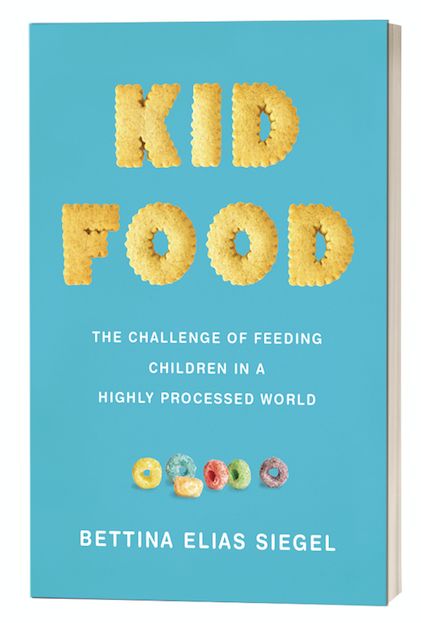

Ten years ago, Bettina Elias Siegel was a writer and former lawyer who had previously worked for corporate food manufacturers. If you would’ve told her then that she was going to help lead change in the way children eat both locally and nationally, well … you know.
“I would be completely puzzled,” says Siegel, who lives in Houston. “This was not ever my life’s plan or on my radar.”
But as a parent of two young children, she grew concerned about the food being offered at Houston public schools, leading her to demand fresh, healthy food in the cafeteria through her blog The Lunch Tray. That turned into activism, which turned into real change in schools across America. The most recent development is her first book, Kid Food: The Challenge of Feeding Children in a Highly Processed World (Oxford University Press, 2019), which was released this week.

Maybe we’re past the days of outrage at finding out what children are eating at school (for example, a dry beef patty on stale buns, french fries, and a pouch of chocolate milk), so Kid Food isn’t always telling readers juicy secrets. But there’s so much information in the book that, at times, it can be a revelation: Siegel discusses the ways children can be manipulated into eating unhealthy (cartoon characters, YouTube challenges, “healthy” pre-packaged supermarket fare loaded with sugar and GMOs), goes deep into the history of the school lunch, and even rewinds back to infancy to show how parents can help shape their children’s eating habits.
“What I found was how quickly kids start eating unhealthy foods,” Siegel says, referring specifically to the cute act of feeding your infant a soft french fry as her or his first food (this writer is very guilty of this). “The larger problem is we’re all surrounded by unhealthy foods—kids and adults alike.”
For the book, Siegel conducted a survey of blog readers in 2018, which brought her a wealth of responses (nearly 400) about eating habits, daily schedules, obstacles, triumphs, and other issues concerning feeding kids. School professionals also responded, and Siegel also reached out to experts and scientists who offered data and research findings. (Such as: Did you know children are more likely to return to a business if it offered them candy while there?)
Siegel also spends a good portion of Kid Food offering parents ideas to combat the spread of junk and sugary food outside the home—including how to organize a group of parents (read: don’t just stomp into a classroom as a solo angry parent). Plus, there are tips for parents to get into and maintain healthy eating habits at home.
“The most ambitious goal is to get parents to step back and go, ‘Why is this so hard? Why is this such an uphill battle?'” Siegel says. “And kind of gently suggest a few things that would shift things.”
So, what are some solutions? For babies, expose the palate early to fresh fruits and vegetables (if pureed, make it at home) whenever possible. Siegel also notes a window that typically opens for infants between four and six months—that’s when babies are likely to try just about anything. Use that wisely.
“If I knew that back then, I would’ve approached my babies and toddlers differently and been more aggressive about introducing them to more fruits and vegetables,” she says.
Beyond that there are a wealth of tips, including for older kids, from limiting screen time to recommendations of cookbooks made for kids. And for parents? Be a role model, which means thinking a little before your mind tells you to get that hot new fast-food item.
“I want to point out that it’s awfully hard to sell someone on a carrot when the other option is your fried chicken sandwich,” says Siegel. “We do live in a culture that’s driving us to the fried chicken sandwich, through the way we subsidize our crops to the advertisement of the sandwich. There are so many structural elements in our society that are driving us to that decision.”
For more information about Kid Food and how to purchase, click here.